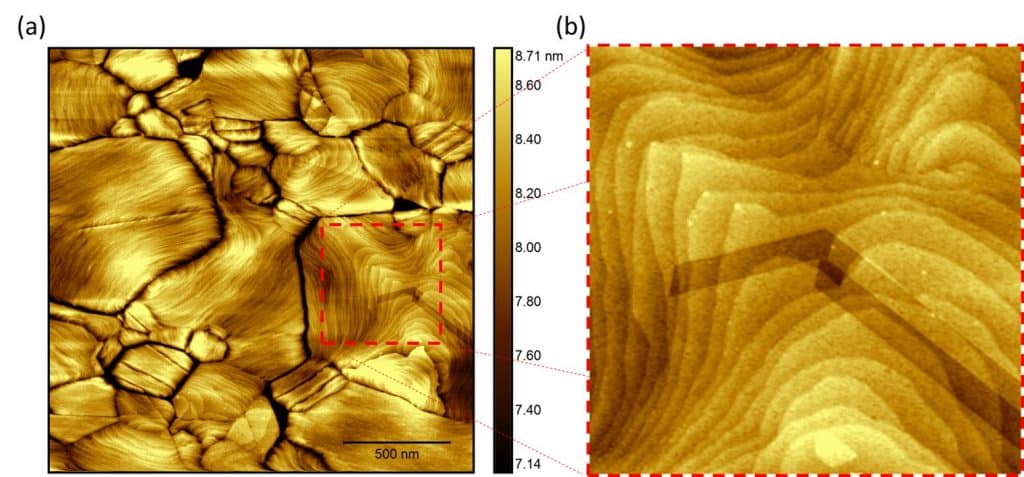Surface Characterization Techniques
Surface characterization is an important process that offers an enhanced understanding of the relationships among the structural properties of materials. In the context of thin films, surface characterization can help to establish a films’ fitness for its intended applications.
The ideal surface characterization technique will offer information on surface sensitivity, surface roughness, and surface compatibility. In this article, we outline three key characterization techniques.

Electrochemical Impedance Spectroscopy (EIS)
EIS is a powerful, fast, and non-destructive technique that can be easily automated. The technique is used to investigate the electric properties of a range of materials. It works by applying a sinusoidal voltage and then quantifying the current response.
EIS involves the application of a sinusoidal electrochemical perturbation for a sample that covers a broad range of frequencies. The multi-frequency excitation means that the measurement of several electrochemical reactions can take place at a variety of rates. EIS can be used for applications in corrosion, battery development, paint characterization, physical electrochemistry, fuel cell development, and sensor development.
Related electrochemical techniques for thin film analysis include cyclic voltammetry, amperometry and potentiometry.
Profilometry
Profilometry is a surface characterization technique that is used for measuring the topography of surfaces at the nanoscale. Under the umbrella of profilometry techniques, there are different instruments including optical profilometers, stylus profilometers, atomic force microscopes, and scanning tunneling microscopes.
Platypus Technologies offers Ultra-flat Gold Surfaces that are ideal substrates for investigations of materials by profilometry.
UV-Vis Spectroscopy
Ultraviolet-visible spectroscopy is a method that works by measuring the optical wavelengths of UV or visible light that are absorbed or transmitted in a sample compared to the reference or a blank sample.
UV-vis absorption and transmission is a property that depends on the sample composition, which may offer insight into what is inside the sample and the concentration levels. For thin films, UV-vis spectroscopy provides information about film thickness, and composition of the film. UV-vis is a non-destructive process that allows measurements to be made quickly. The instruments are easy to use and require minimal sample processing.
Surface Characterization with Platypus Tech
Gaining insight into the properties of materials via surface characterization offers an understanding of how materials behave at the molecular level. Having the right data has an impact on the performance of a material.
At Platypus Tech, we offer a range of surface characterization techniques. If you would like to find out more about which technique is best suited to your application, get in touch with our team today.